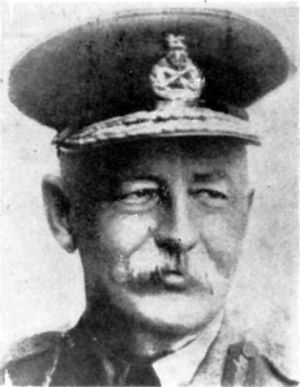This was originally written as a game design session prompt for a session at Chestnut Lodge Wargames Group back in April 2004. A discussion thread on about this excellent blog post http://sketchinggamedesigns.blogspot.com.es/2014/01/the-wrinkles-of-tactics-first-world-war.html lead me to dig it out and post it here.
World War One Strategic Battles
Turn structure
Three turns per year, March – June (Spring), July to September (Summer) and October to February (Winter).
Actions
Small offensives can be prepared and launched within one turn. Large offensives take a turn of preparation and then take a whole turn of offensive action. Small offensives can be carried on into large offensives.
Battles are fought in phases.
- Preparation: divisions are allocated to the line, first wave, second wave, exploitation, training and reserve tasks
- Bombardment
- Assault
- Counter-attack
- Continuation phases if appropriate
Resolution
Fighting is resolved at Army level, with Divisions as the smallest unit (two down). One player per Army?
Three kinds of Division:
- infantry (standard)
- cavalry (rare)
- artillery (representing Corps/Army artillery)
All divisions of a particular kind are the same except for level of experience and training. This can be open to the player as it was generally well known which units were the most effective and had the most offensive spirit.
Special training can be given to units to allow them to be competent at tasks, e.g. building fortifications, pioneer tasks, tank support, amphibious landings etc. The number of turns that they get in this task should be recorded separately from that of infantry training.
Infantry divisions take one turn to raise, cavalry and artillery take two turns. Ideally more training should be given before a unit is used in combat. A minimum of three turns of training is suggested before committing a new Division to the assault.
Training States Turns Experience
New 0 none
Effective 2 time in line
Regular 4 time in line
Experienced 6 time in major offensive (including defending)
Veteran 8 Several major offensives
Both the number of turns training and the combat experience are required for the troops to be considered at the higher training state. Note that the training state is just a label and not a guarantee of performance.
Political End
Sources of resources
Taxation – can set a proportion of GDP to be spent on government. Level has effect on popularity, standard of living, economic growth, industrial output.
Loans – need to be repaid later but avoids some of the problems with increasing taxation. Can also inject foreign capital into paying for the war which increases overall resources available to any particular nation.
Manpower
Can conscript or get volunteers. Quality issues with conscription but increased numbers may offset that. Volunteers make more aggressive units, conscripts more passive ones. Has impact on economic growth, popularity & industrial output. Also issue of women’s rights if they are mobilised for the war effort.
Like this:
Like Loading...



















































